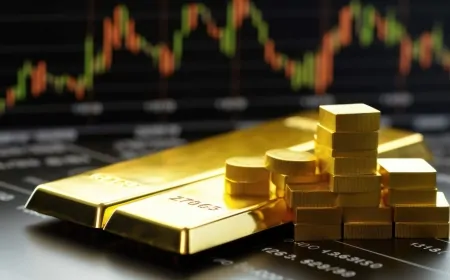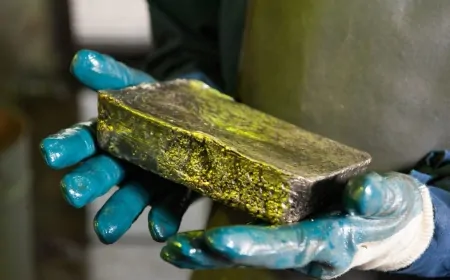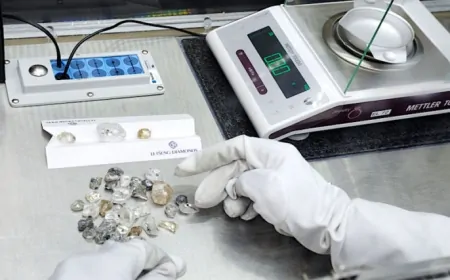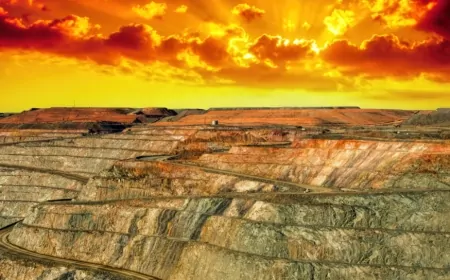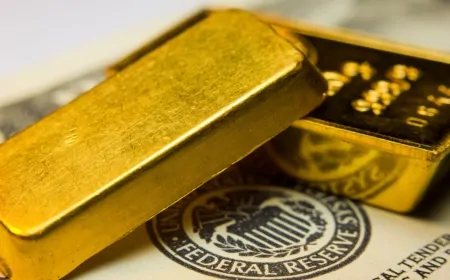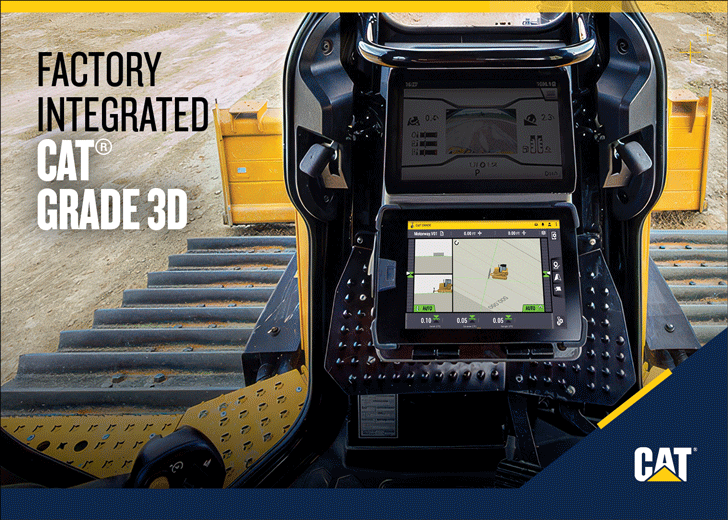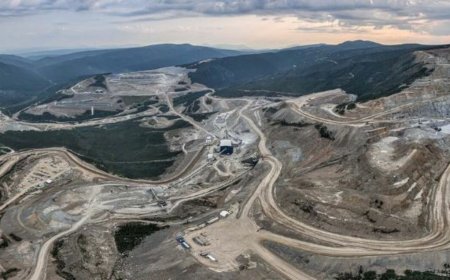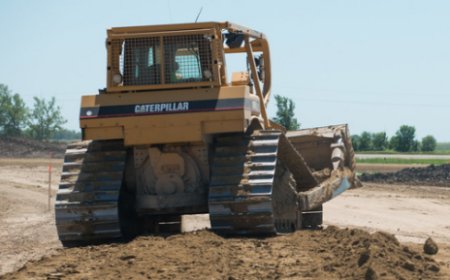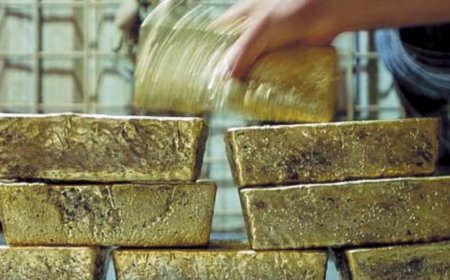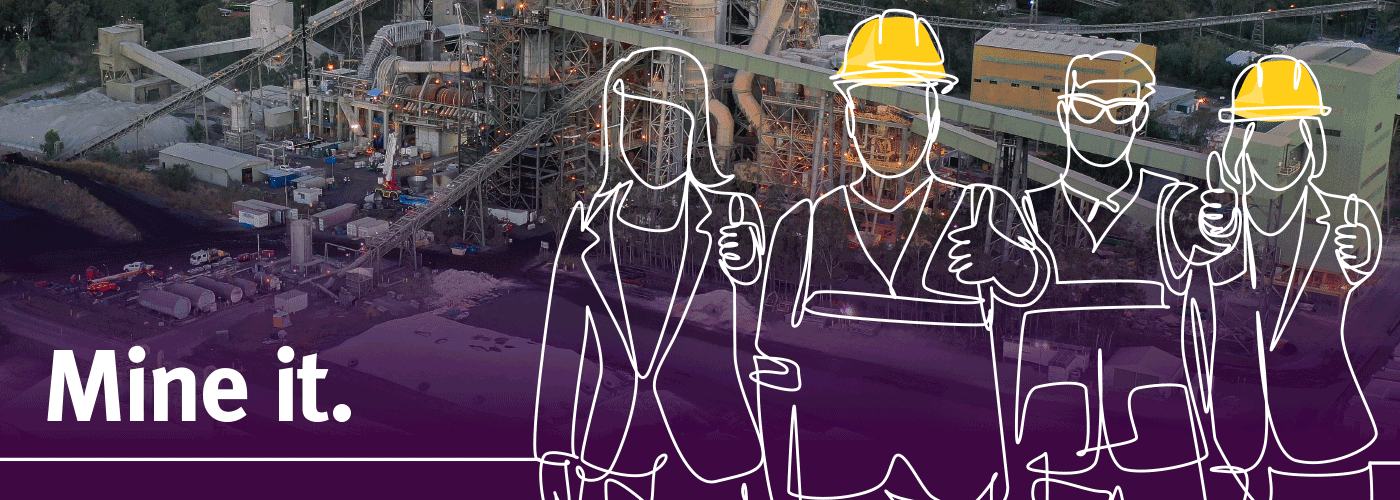Metals smelting is the West’s next critical minerals crisis
Global supply chains are already reeling from the impact of China’s rare earth export controls, but an even bigger critical minerals threat is looming.
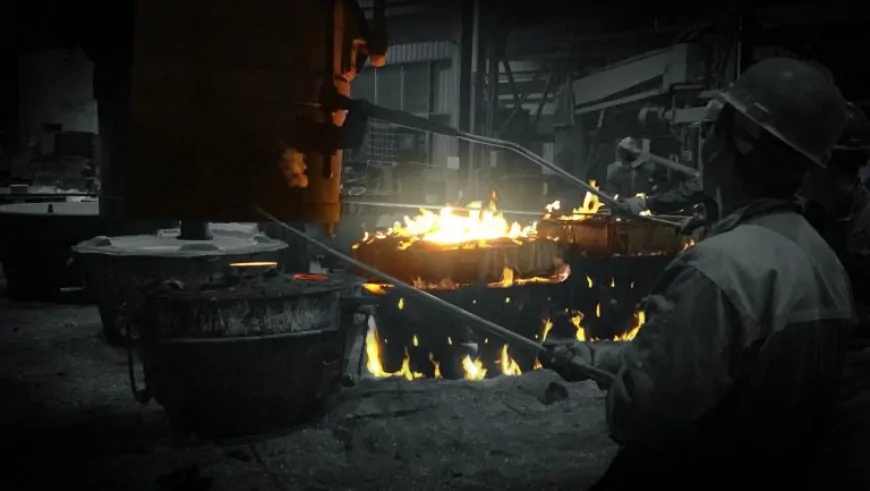
Western metal smelters are in crisis. China’s rapid expansion of processing capacity is crushing margins across the metallic spectrum.
Copper smelters in Namibia and the Philippines have recently been placed into care and maintenance after processing fees turned negative.
More are at risk.
Glencore has warned that its Mount Isa copper smelter in Australia is financially unviable after related mining activity stops this month.
The Australian government is also facing urgent calls for help to save Nyrstar’s zinc and lead smelters and Rio Tinto’s Tomago aluminum smelter.
China’s share of global base metals smelting has been steadily increasing, and the country is approaching the same level of dominance that has allowed it to weaponize exports of more esoteric critical minerals such as tungsten and bismuth.
Market implosion
Chinese smelters have just agreed a mid-year copper concentrates supply deal with Chilean miner Antofagasta which prices their conversion fee at precisely zero.
At least it wasn’t negative, unlike the spot market, where copper smelters have actually been paying miners for raw material.
This is a total inversion of historical pricing. Copper smelters can make money from by-products such as gold, silver and sulphuric acid, but smelting and refining charges are the core revenue stream. Or at least they should be.
Zinc smelter charges also turned negative in the fourth quarter of last year. Spot fees have since recovered to $55 per metric ton, still short of this year’s benchmark of $80, which was itself the lowest annual charge in at least 50 years.
Yet zinc mine production is booming, up 5.1% year-on-year in January-April, and so are China’s imports of zinc concentrates. Arrivals more than doubled to over 2.2 million tons in the first five months of 2025.
The problem is not simply one of constrained mine supply. Low fees in both zinc and copper markets also reflect a super-charged expansion of Chinese smelting capacity over and beyond what the world’s mines can feasibly supply.
The result has been an implosion in treatment charges and in smelter profitability.
Rising dominance
China’s share of global refined zinc production rose from 33% in 2007 to almost 50% in 2024, according to the World Bureau of Metal Statistics.
The country also produces around 60% of the world’s primary aluminum output after years of breakneck expansion in the smelting sector.
Excess aluminum production leaks out in the form of semi-manufactured products. Exports have grown from two million tons in 2010 to six million tons last year.
The pace of growth has been too much even for the Chinese authorities, which have mandated a capacity cap of 45 million tons per year.
That’s cold comfort for Western aluminum producers, though, since Chinese operators are simply constructing more capacity in Indonesia.
Indonesia now also accounts for around half of global nickel production thanks to a Chinese investment boom in both mine and processing capacity.
The Sino-Indonesian supply surge has crushed the nickel price and forced over half a million tons of Western capacity to close since 2020, according to Macquarie Bank, which warns that there is now overcapacity at every stage of the processing chain.
China’s already strong hold on global supplies of industrial metals is only going to get tighter as more Western smelters succumb to the margin squeeze.
Power pressure
China’s own smelters are also feeling the margin pressure but many of the biggest players are vertically integrated, meaning losses at the processing stage can be offset further down the production chain.
In addition, loss-making plants are given a helping hand by both central and provincial governments, a level of state subsidy that tilts the playing field against Western competitors.
Western counterparts are also paying more for their power, a major cost for all smelters and particularly for aluminum plants which produce the light metal through electrolysis.
It doesn’t help that both existing operators and potential new plants must compete with the equally power-hungry tech sector for electricity.
The European Union, which has seen multiple aluminum and zinc plants close since energy prices spiked after Russia’s invasion of Ukraine in 2022, is prioritizing faster grid access for energy-intensive sectors and promoting power purchase agreements as a way of alleviating costs.
Strategic assets
Whether the EU’s “Action Plan” for its aluminum and steel processing capacity works remains to be seen.
But it is a sign that Western policymakers have understood the lesson from China’s recent flexing of its critical minerals muscles.
China doesn’t dominate global mining but rather the intermediate stage of the processing chain which converts ore into metal.
The control is almost total in the case of exotic metals such as rare earth elements, and there is a growing threat of similar dominance in much larger base metal supply chains.
Western smelters are strategic assets, not just for their key role in connecting the supply chain from mine to product, but also because of their by-product potential.
China’s export controls have spooked the gallium market, but the semiconductor metal can be recovered from the aluminum smelting process. Rio Tinto’s Kennecott copper smelter in Utah is now also producing tellurium, another “hot” critical metal.
Nyrstar could produce antimony, also subject to Chinese export controls, at its Port Pirie smelter in Australia, but only if the plant can continue operating.
Its future now rests with the Australian government, which along with other Western governments must decide just how much it’s prepared to pay to insulate its smelters from the Chinese price crush.
What's Your Reaction?







